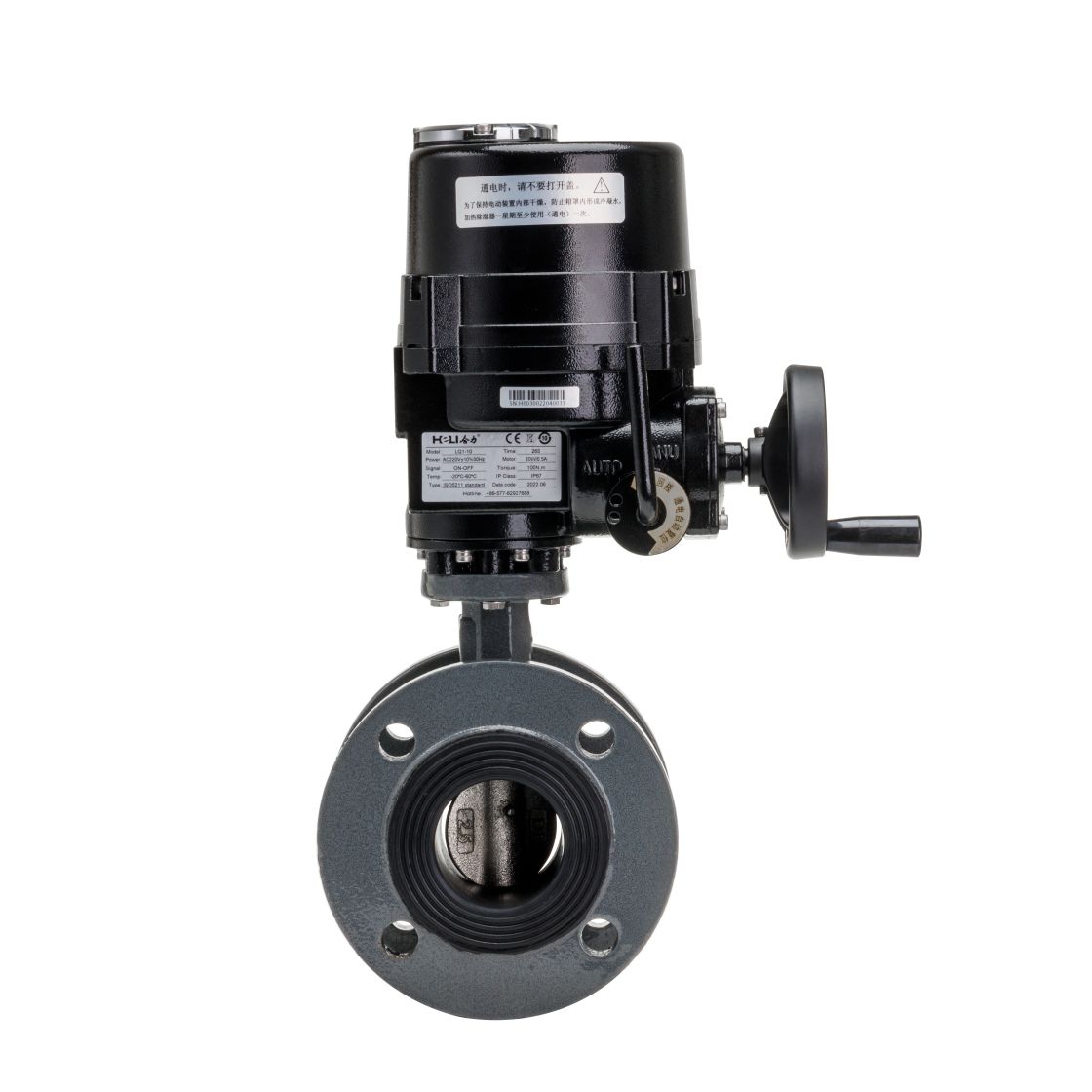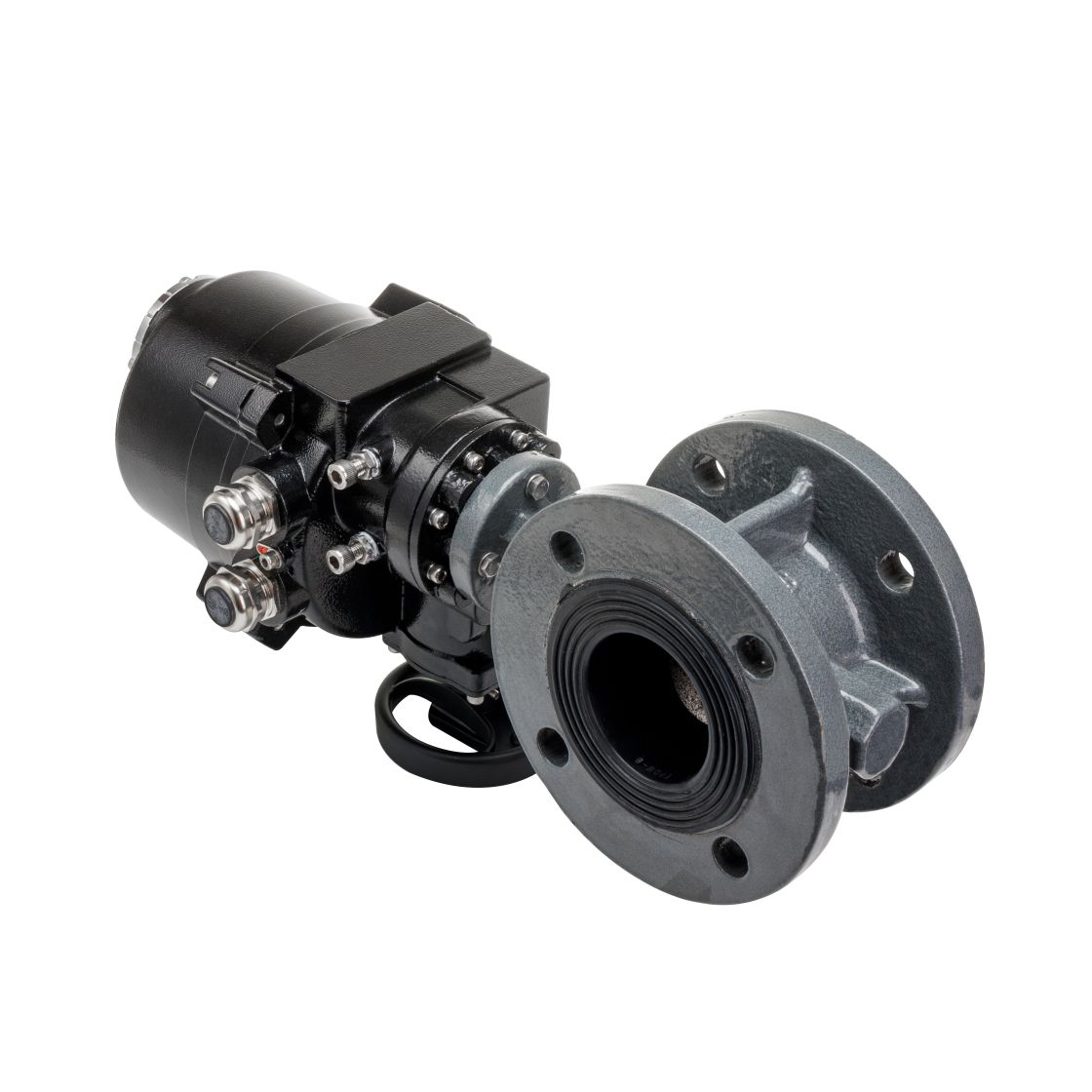
The world is steadily moving towards sustainable and environmentally friendly energy solutions, and hydrogen energy has emerged as one of the most promising alternatives to fossil fuels. In the maritime industry, the shift to hydrogen-powered vessels is becoming increasingly important as part of efforts to reduce carbon emissions. A critical component in these hydrogen fuel systems is the Hydrogen Energy Marine Electric Ball Valve. This advanced technology plays a crucial role in managing the flow of hydrogen gas, ensuring safety, efficiency, and precise control within the hydrogen-powered ship systems.

The Role of Hydrogen Energy in Maritime Industry
Hydrogen fuel is considered a green energy source because it produces only water vapor when used in fuel cells, making it a highly attractive alternative for the maritime industry, which contributes significantly to global greenhouse gas emissions. Ships powered by hydrogen fuel cells emit no harmful gases like CO2, SOx, or NOx, thus improving air quality and reducing their environmental footprint. However, handling and storing hydrogen gas, which is highly flammable and needs to be stored at extreme pressures or temperatures, present a unique set of challenges. This is where the Hydrogen Energy Marine Electric Ball Valve comes into play.
